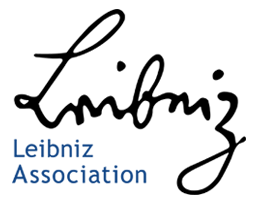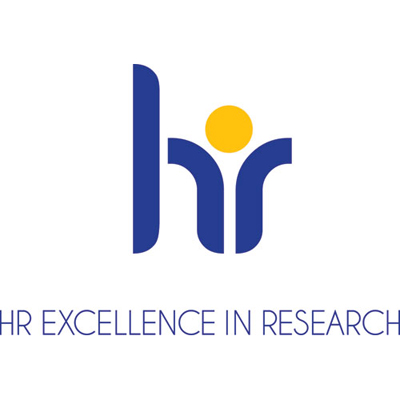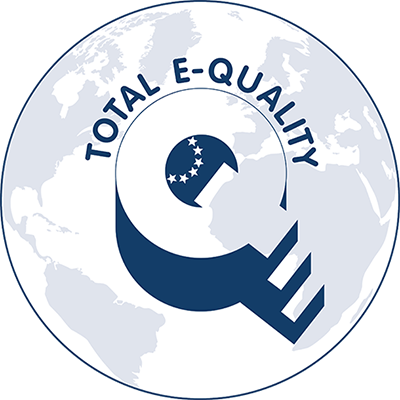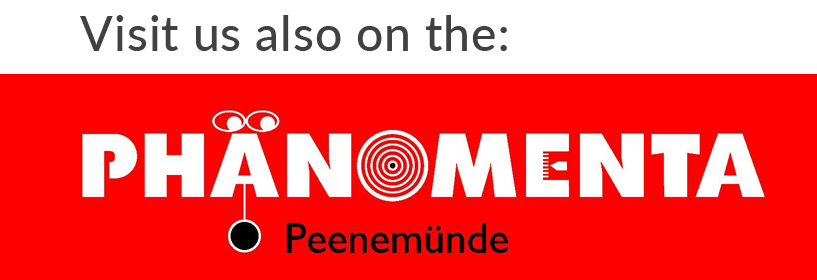EU funds international doctoral candidates network on the use of plasma against precancerous skin lesions
Greifswald, 17 April 2023
Actinic keratosis is considered the most common precursor of skin cancer and is triggered by excessive UV radiation. Without treatment, it can often develop into malignant forms of skin cancer. Under the leadership of the Leibniz Institute for Plasma Science and Technology (INP), the international doctoral candidates network PlasmACT is investigating the use of medical gas plasma technology as a treatment method. The project is funded by the European Union.
Eight young international researchers will work on a plasma-based treatment method and its mechanisms of action against actinic keratosis as part of their doctoral theses. Since 2013, several plasma devices have received approval as medical products in Europe and are successfully used against, for example, diabetic foot syndrome and chronic wounds. Current research now studies the efficacy of plasma against cancer cells. Whether and how plasma technology is also suitable for treating actinic keratosis, an early form of skin cancer, is to be shown by the new research work of the European doctoral candidates network PlasmACT.
Dr. Sander Bekeschus, head of the Plasma-Redox-Effects research group at INP and initiator and spokesperson of the PlasmACT network, comments: "We are very pleased to have the opportunity to open up a new field of application for plasma medicine together with young researchers. The common goal of developing a plasma-based treatment for actinic keratosis would critically support preventing invasive non-melanoma skin cancer."
EU supports training of young scientists
The European Union is funding the work of the PlasmACT consortium within the framework of the Marie Skłodowska-Curie Actions of the Horizon Programme with a total of 2.15 million euros. The funding serves the transnational and cross-sectoral mobility and career development of researchers and is highly competitive. Only 15 percent of the applications were funded this year.
Renowned European partners have come together for the project under the leadership of the Leibniz Institute for Plasma Science and Technology (INP) in Greifswald, where the researchers will write their doctoral theses: the French Centre National de la Recherche Scientifique (CNRS), the Dutch Eindhoven University of Technology, the University Medical Centre Rostock, and the Belgian University of Antwerp. In addition, 10 European companies support the training of the students to prepare them in the best possible way for professional fields of applied research.
What is plasma?
We encounter plasma daily, even if we are unaware of it. About 90 percent of the visible matter in the universe is in the plasma state. Besides solid, liquid and gaseous, it is the fourth state of aggregation in which matter can exist. The electrically conductive mixture of particles consisting of atoms, ions, electrons, and molecules is created when energy is added to a neutral gas. It begins to glow. We encounter this natural phenomenon in nature in the form of the sun, lightning and the aurora borealis. In industry, plasma-based processes and technologies are used not only to coat surfaces, decontaminate food, and clean wastewater and exhaust air, but also in medicine, for example, to heal wounds.
Further information
Leibniz Institute for Plasma Science and Technology e.V. (INP)
Stefan Gerhardt // Communication Department
Phone: +49 3834 554 3903 // stefan.gerhardtinp-greifswaldde
Felix-Hausdorff-Straße 2 // 17489 Greifswald // Germany // https://www.inp-greifswald.de/en/



































